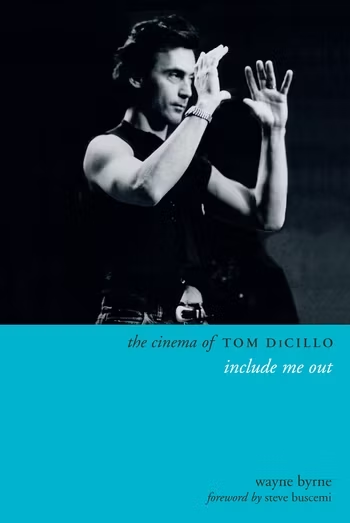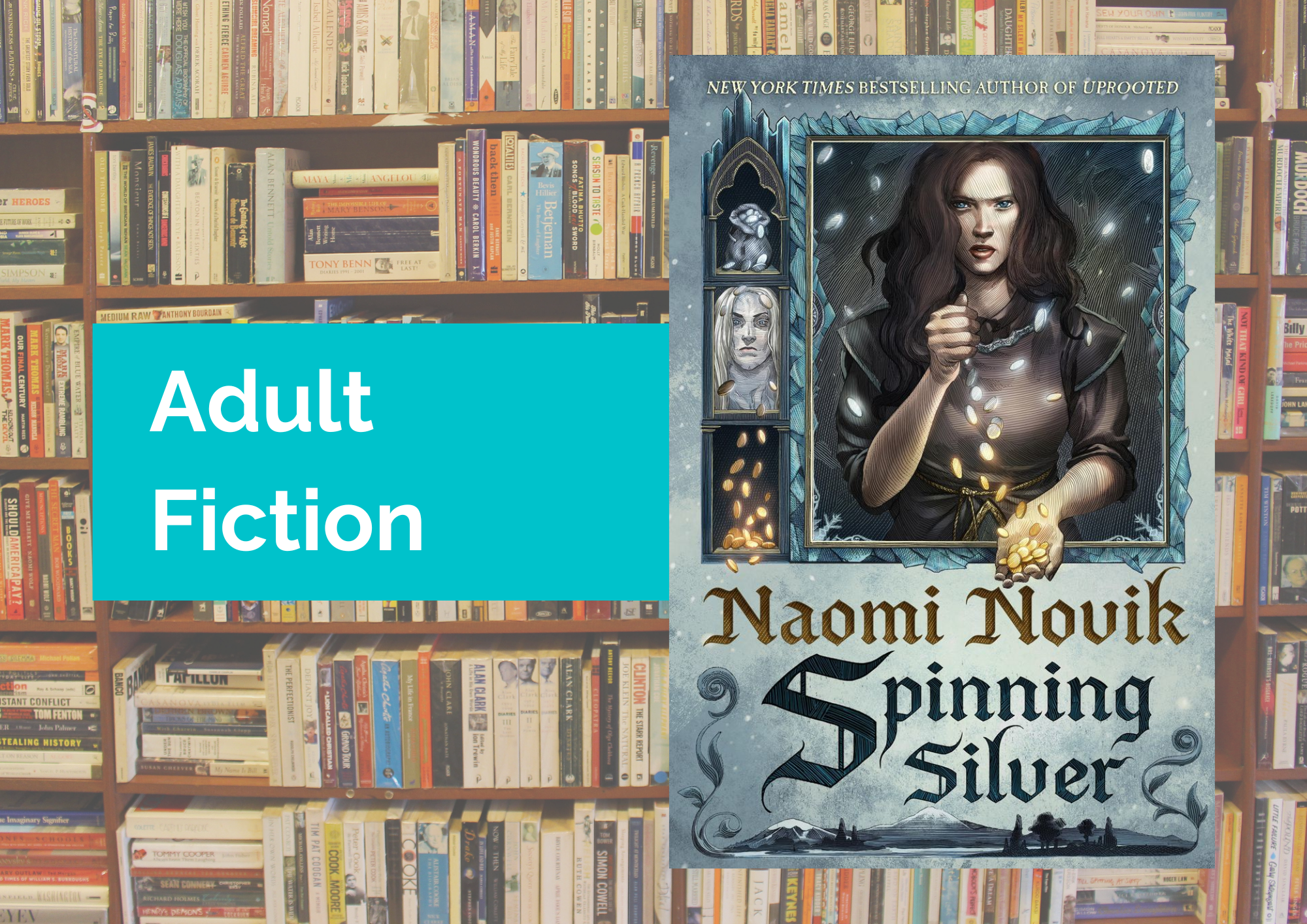I’m a movie man, first and foremost. If anything is responsible for me becoming a writer it is because I have spent my life avoiding reading so I could watch too many movies. It might sound absurd coming from a librarian, but that is the truth of it. People often ask me if, or assume I must, read a lot of books. To be honest, I don’t. I have never been as voracious a reader as I am a viewer. Reading didn’t figure large in my life growing up; rather, my father introduced me very early to the wondrous westerns of John Wayne and I was hooked. As someone who found sports intolerable and had few friends, the video shops of Naas were my sanctum. There was Hollywood Nights, which few people seem to remember but is as vivid to me as yesterday’s dinner. It was located in Poplar Square and went on to become an Xtra-Vision. Then there was Screen Test on the Dublin Road, which is now the Polonez grocery shop. These were wonderlands where I could peruse the shelves seeking out the latest Freddy Krueger horror or Burt Reynolds action pic. The leniency of the young men working the counters meant I was able to rent films which were classified for audiences far older than I. If it was ever questioned, I summoned forth my father to complete the transaction. Thanks, dad!
I maintained a steady diet of movies as a form of escapism, and for comfort. When others played football, I retreated to my living room to be with those I loved: my videotapes. It was that or watch other people play while I sat gawking innocuously from the side-lines, an activity about as appealing to me as having a tooth pulled. There was always the typically dismissive commentary from teachers and concerned nose-pokers: “he watches too many movies,†“he should get out more,†“horror films aren’t good for children†– baloney! Recently, one of those very horror films I obsessed over as a child was the subject of an article I wrote for a distinguished film magazine. In other words: I have been paid to talk about these films that were dismissed as my immoral time-wasters thirty years ago. I have reached a point where I can make money writing and speaking about films, but I wouldn’t be were it not for that early introduction to and embrace of movies. Thanks, dad!
Despite my obsessions with westerns, horrors, and all that good stuff we love as kids, it took seeing a strange and quite obscure 1991 film called Johnny Suede which starred Brad Pitt, to put me on course to writing this very piece. That unique, idiosyncratic, and surreal film instilled in my brain the notion that film is so much more than escapism and comfort, or even entertainment; it is an art form, it is intellectual, it is philosophical, it is human, it is life. With Johnny Suede I discovered that there is a director, this person who crafts the entire world of the films we enjoy. His name stands for the artistic authority and integrity of a film, and in this case, I was absolutely hypnotised by this film’s creator, Tom DiCillo. I knew then that film would be essential to my life henceforth, but I didn’t know exactly how to make it so.
Then came the moment where a 17-year old must decide what they want to do with the rest of their life i.e. the Leaving Certificate and the absurd notion that a 17-year old knows what they want to do with the rest of their life. Not being academically inclined (to put it mildly), I rarely thought about a vocation, I only knew I wanted to be in the realm of cinema, so I chose Film Studies. Several road blocks suddenly appeared: career guidance counsellors and the CAO points system. “Sure why would you want to do film, have you ever thought about engineering?†Considering I ended up doing foundation-level maths, no I never “considered engineeringâ€. And when I did go forward for application I discovered that to study film you needed almost the same amount of points as it took to study medicine or law, and I was never going to get anywhere near the score needed for such. Oh, but a glimmer of hope appeared. Ballyfermot College, which is celebrated for its film courses, offered entry at PLC (Post-Leaving Certificate) level, which meant no points mattered. Hurrah! It was based on application and interview, which I duly completed. Then the letter: “despite Wayne’s encouragement, we feel he is not right for this course.†I was heartbroken. I put all of my hopes and dreams into studying this subject which consumed my life. Then reality hit, and it was time to get a job.
I spent the next five years stacking shelves and working a butcher counter. Then, I became a hairdresser (why not?) and stuck with that for almost four years until one of my bosses asked me to join him for a pint after work one day. As much as I love pints, this was out of the ordinary. I knew what was coming. “Wayne, your passion is for movies, your head is there, not here. Go do that, somehow.†While it felt like a blow as losing a job does, he was one of the few people to offer a word of encouragement to go do something I’m passionate about. But the doors were still closed. I managed, by luck or sheer brass neckery, to get a meeting with the editor of the Leinster Leader newspaper. I emailed him saying I would love to be a film reviewer and if ever anything came up, here’s my number. He called me into the office and I brought with me some undisciplined scribblings that constituted a “portfolio†and he said “you’re in, start next week! We’ll give you half-a-page, one film, the big new release of the week.†Unbelievable! That half-page then became a full page a few weeks later, I was now reviewing two cinema releases and a DVD. I had a whole page, plus some extra columns on additional film features and news. It lasted two great years. The format and the editor of the paper changed; in came more advertising, out went the film page. Back to square one. By this stage I would be classed as a “mature student†and so I thought now is the chance to re-apply to all those colleges that wouldn’t take me when I was 17. “They can’t turn me down now,†I thought, “I’m old, I’m 27! And so the applications were filed: UCD, Trinity, IADT, you name it, if they offered film, I applied. There followed the entrance exams, the interviews, the humiliation. “We find you are not suitable for this course. Best of luck!†Keep your luck, thanks, I’ll make my own!
If anything spurred me into action to make film a part of my professional life, it was a response I received from one of these institutions. In reply to one application I received news that I was unsuccessful and the reason for the rejection was found at the bottom of the page. It questioned my literacy and literary skills and judged me unworthy of entry. When I phoned to question that comment, they replied, coldly and bluntly, that it was quite clear in its meaning. Incensed, my last resort was to fork out for a private college who would take anyone once you paid the astronomical fees. So that financially crippled me for a couple of years and I ended up leaving the course early over that and other concerns.
In the frustration and despondency, a silver lining: when I was working at the paper, I got to interview some filmmakers, and one of those was my favourite director, Tom DiCillo, the legendary indie filmmaker who made the aforementioned movie that blew my mind, Johnny Suede. I had maintained some contact with Tom since our interview and, being a massive fan of his work, I consumed his every word on filmmaking. Ever since I discovered Johnny Suede on the shelves of Xtra-Vision back in the mid-90s, I had yearned for a book on Tom’s life and career. I wondered why there could be a tonne of tomes on Stanley Kubrick and Steven Spielberg but nothing on this man whose work encouraged me to devote my life to cinema. At this stage I was at a low ebb. Academia was obviously never going to accept me, nor I it. Then in the midst of oblivion, with no job and no college, I decided I would endeavour to write that book that I was seeking to put on my shelf.
“But how do you become a writer?†I asked myself “Don’t you have to go to college for that?†But I didn’t care; bureaucracy had blocked my path all these years, I was going to do it. But how dare I, with no knowledge of how to write a book or how to get it published? All I knew was that I wanted to read a book on Tom DiCillo and if that meant writing it myself, then so be it. So I brazenly contacted Tom and sought his opinion. He was immediately supportive. My favourite director had just given me the nod of approval to write his career biography and he set about introducing me to a host of major Hollywood film stars that I could interview for the book. Out of my lowest moment, I made a bold commitment that would change my life.
When I finished writing that book, I was signed to one of the most renowned publishers in the world, Columbia University Press. The book is called The Cinema of Tom DiCillo: Include Me Out. It was released in 2017.
Thanks, dad!
Catch Part 2 of Wayne’s Behind the Books Blog soon, in which he covers the making and release of his debut book, The Cinema of Tom DiCillo: Include Me Out
If you’re interested in reading Wayne’s book, you can find it in our library catalogue by clicking here!









Leave a Reply